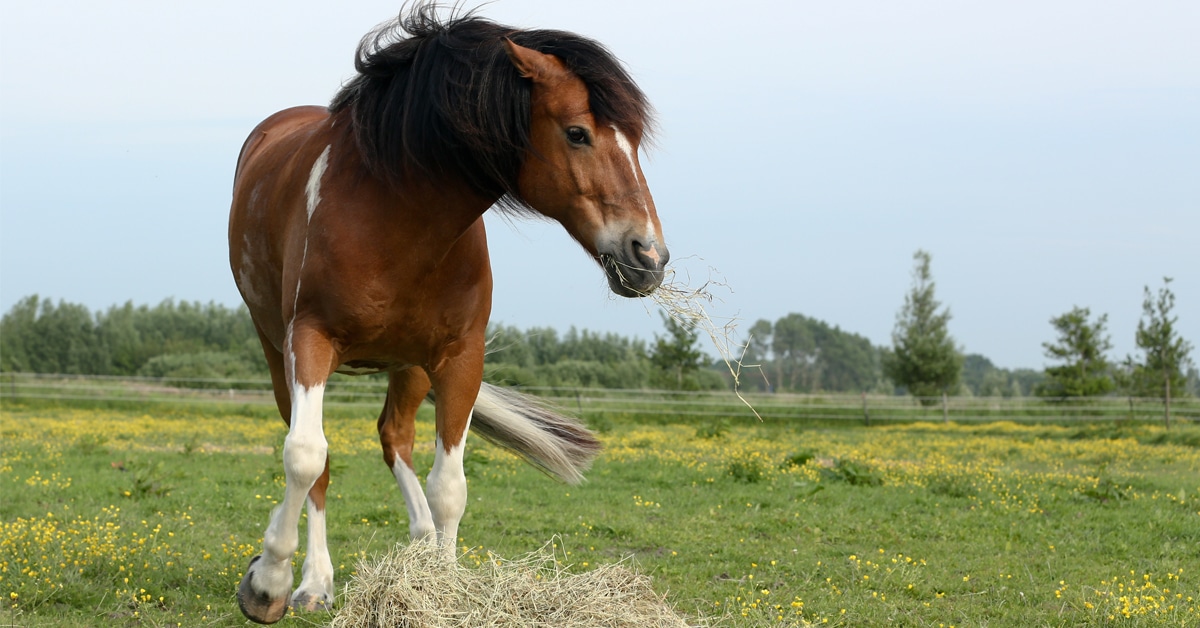In a two-part article published in our newsletters last year, I described how, through a progressive series of 12 published research studies, the Ridden Horse Pain Ethogram (RHpE) was first developed and then successfully applied to assist pain recognition in clinical cases and in further research work. The RHpE has proved to be an important tool that has become integral to a growing body of research. I continue this series on the timeline of the RHpE by reporting here on the findings of the 13th study, which investigated links between the horses’ gaits, behaviour, saddlery and rider effects.
The study, which was supported by World Horse Welfare and the Saddle Research Trust, took place at ten different venues with 151 participants recruited from both professional and amateur rider groups across a range of competition disciplines and skill levels from leisure riders to 5* eventers. All the horses were in normal work and believed by their riders to be sound and working comfortably.
A standardized protocol was followed for every participant, beginning with an assessment by renowned orthopaedic clinician, Sue Dyson, who is a Diplomate of the European College of Veterinary Sports Medicine and Rehabilitation (fig 1.). Sue assessed the saddle (fig. 2) and noseband fit, then evaluated each horse moving in-hand for the presence or absence of lameness.
Each horse was then observed being ridden through a pattern of movements in walk, trot and canter on both reins, while being videoed. Jenny Routh, an experienced equine veterinarian formerly of the Animal Health Trust, determined the presence or absence of lameness or gait abnormalities in canter, such as close temporal or spatial separation of the hindlimbs, or lack of a suspension phase.
As an experienced competition rider and qualified coach with specialist knowledge of saddle design and fitting, I observed the dynamic saddle fit to each horse and rider combination and documented whether the saddle bounced, oscillated from side to side or persistently slipped to one side. I also assessed the suitability of the saddle size for the rider, the rider’s position and whether they rode in balance with the horse. At a later date, Sue retrospectively assessed the videos, applied the RHpE to each horse and recorded a total score for observed behaviours.
The results showed that nearly 30% of the horses were lame in hand and over 60% were lame when ridden, with the total proportion of lame horses reaching nearly 80%. This difference may be because some horses showed bilateral lameness when ridden, although the trot was short-stepping but symmetrical when observed in-hand.
The average lameness score was low-grade (2/8), in part reflecting that lameness grading is inaccurate when lameness affects both forelimbs or both hindlimbs. However, the average RHpE score was 8/24 (although some reached as high as a disturbing 15/24). A RHpE score of 8 or more signifies that the horse is likely to be lame or experiencing musculoskeletal pain. There was a positive relationship between lameness severity and the RHpE score.
These results highlight the importance of observing ridden work in any lameness investigation. Recognition that a horse may be non-lame in hand, but lame when ridden, is of vital importance.
Nearly 60% of horses exhibited gait abnormalities in canter, which also highlights the importance of assessing ridden horses in all gaits. Currently, there is no method of objectively measuring gait abnormalities in canter, so it is important to recognize and understand abnormal variations in the gait so that early veterinary intervention can diagnose and manage any problems before they deteriorate or become chronic. In this study, some horses had a symmetric trot but a high RHpE score of more than 8; of these, nearly 75% showed canter abnormalities.
There was a disturbingly high proportion of ill-fitting saddles, with 84% considered likely to impair performance. The most common faults were the tree points being too tight or positioned against the scapulae, pommels too low with insufficient wither clearance, bridging of the panels, and seats tipping backwards.
Adequate clearance under the pommel can be easily checked by the rider, but in 27% of cases the fit was too low. This clearly demonstrates a lack of awareness in a high proportion of riders of even the most basic principles of saddle fitting. Tight tree points, seen in 75% of horses, were significantly associated with higher RHpE scores. This emphasizes the need to assess saddle fit in cases of lameness or poor performance investigation, because it would be impossible to determine other causes of musculoskeletal pain if the saddle was one of the primary sources of discomfort in a ridden horse.
The Latest












